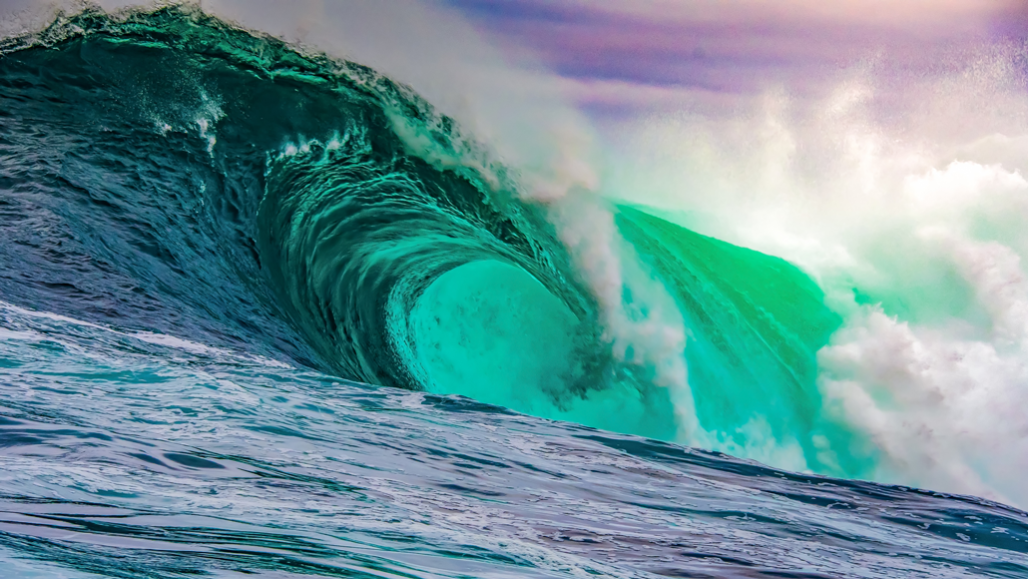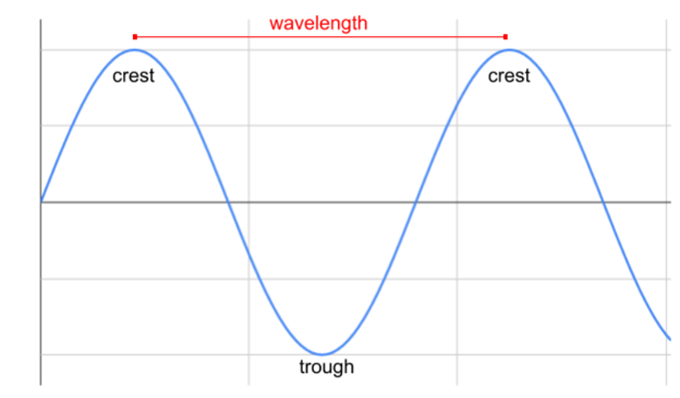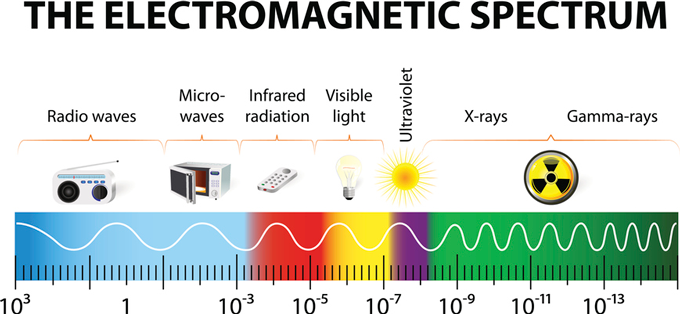Explainer: Understanding waves and wavelengths
Waves transfer energy, not matter, from one place to another

The swells of water in the ocean, the sunlight shining down and the sound of the crashing water ⎯ all are types of waves.
JNEphotos/iStock/Getty Images Plus
Waves appear in many different forms. Seismic waves shake the ground during earthquakes. Light waves travel across the universe, allowing us to see distant stars. And every sound we hear is a wave. So what do all these different waves have in common?
A wave is a disturbance that moves energy from one place to another. Only energy — not matter — is transferred as a wave moves.
The substance that a wave moves through is called the medium. That medium moves back and forth repeatedly, returning to its original position. But the wave travels along the medium. It does not stay in one place.
Imagine holding one end of a piece of rope. If you shake it up and down, you create a wave, with the rope as your medium. When your hand moves up, you create a high point, or crest. As your hand moves down, you create a low point, or trough (TRAWF). The piece of rope touching your hand doesn’t move away from your hand. But the crests and troughs do move away from your hand as the wave travels along the rope.

The same thing happens in other waves. If you jump in a puddle, your foot pushes on the water in one spot. This starts a small wave. The water that your foot hits moves outward, pushing on the water nearby. This movement creates empty space near your foot, pulling water back inwards. The water oscillates, moving back and forth, creating crests and troughs. The wave then ripples across the puddle. The water that splashes at the edge is a different bit of water than where your foot made contact. The energy from your jump moved across the puddle, but the matter (the molecules of water) only rocked back and forth.
Light, or electromagnetic radiation, also can be described as a wave. The energy of light travels through a medium called an electromagnetic field. This field exists everywhere in the universe. It oscillates when energy disturbs it, just like the rope moves up and down as someone shakes it. Unlike a wave in water or a sound wave in air, light waves don’t need a physical substance to travel through. They can cross empty space because their medium does not involve physical matter.
Scientists use several properties to measure and describe all these types of waves. Wavelength is the distance from one point on a wave to an identical point on the next, such as from crest to crest or from trough to trough. Waves can come in a wide range of lengths. The wavelength for an ocean wave might be around 120 meters (394 feet). But a typical microwave oven generates waves just 0.12 meter (5 inches) long. Visible light and some other types of electromagnetic radiation have far tinier wavelengths.
Frequency describes how many waves pass one point during one second. The units for frequency are hertz. Traveling through the air, a music note with a frequency of 261.6 hertz (middle C) pushes air molecules back and forth 261.6 times every second.
Frequency and wavelength are related to the amount of energy a wave has. For example, when making waves on a rope, it takes more energy to make a higher frequency wave. Moving your hand up and down 10 times per second (10 hertz) requires more energy than moving your hand only once per second (1 hertz). And those 10 hertz waves on the rope have a shorter wavelength than ones at 1 hertz.
Many researchers rely on the properties and behavior of waves for their work. That includes astronomers, geologists and sound engineers. For example, scientists can use tools that capture reflected sound, light or radio waves to map places or objects.








